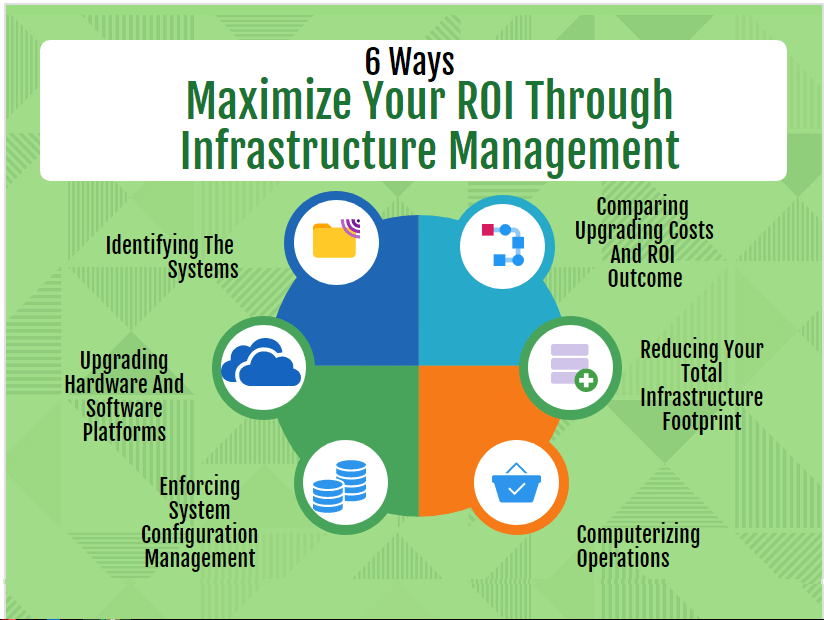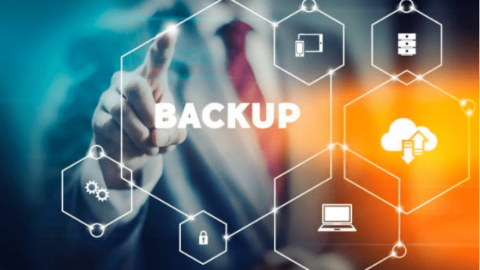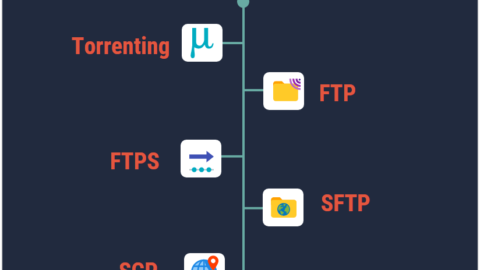6 Ways To Maximize Return On Investment Through Infrastructure Management
Among your vital concerns for your business is to increase its profitability. Accordingly, you have to find ways to improve its Return On Investment (ROI). These are ways to maximize the returns a particular investment brings your company concerning its investment cost. One way to do this would be through infrastructure management. This infrastructure includes computer hardware and software, as well as utilities like electricity and water transportation means, along with a configuration management system and database management among others.
Table of Contents
Infrastructure management is one of the most tedious and time-consuming tasks in running your business. Despite this, it’s a crucial component in an efficient business development model. For this reason, you have to put up strategic measures to realize successful infrastructure management operations. This article shows you effective ways to manage your infrastructure and make the most of your investments.
Identifying The Systems To Handle
To begin with, you need to know the hardware or software systems that require management. These may include communication and IT services, business and utility services, facilities, and physical structures within your company.
Next, you need to adopt a well-designed management system for them. For instance, observe if the computer processes in one of your business’s departments are running slowly. Thus, it may be due to factors such as low network bandwidth or outdated software.
If you live in a competitive business hub like New York, you might encounter such challenges. An efficient tactic to manage them would be to get consultancy services from a New York IT consulting company like NetsurIT or others. The services delivered will help restore proper functioning to your business’s IT systems, leading to seamless workflow. Consequently, your business’s profitability will improve.
Enforcing A Configuration Management System
When dealing with older equipment, you should have all the proper documentation for everything. These are the records of all the different hardware components, such as desktop computers, laptops, printers, photocopy machines, and others. You should also note down what they do, where they came from, and how to replace them.
A configuration management system is the best way to ensure you have all of this. Configuration management system enables you to monitor your equipment’s performance and productivity throughout its life cycle. Thus, you’ll be able to observe its performance trend and you’ll know when to perform system updates or replacements. You’ll also be able to plan out when to incorporate the changes to realize maximum Return On Investment for your business.
Upgrading Hardware And Software Platforms
To keep your business operations running smoothly, you must avoid using outdated hardware and software. Therefore, after identifying the systems to be managed, you may need to upgrade the outdated ones.
In this case, you need to invest in more advanced and efficient equipment. For instance, you could purchase the latest version of a computer operating system. The upgrades in this feature may increase your business’s productivity as they’ll be suited to adapt to recent technological advancements. This may be just what your business needs to efficiently run. As a result, your business will generate more revenue and you’ll achieve a positive ROI.
Comparing Upgrading Costs And Return On Investment Outcome
Upgrading your hardware or software components can be expensive. You may have to either physically install the upgrades on existing equipment or purchase new equipment altogether. Whichever the case, you’ll have to dig deep into your pockets if you’re after quality services, especially if they’re technical. For instance, you may need professional assistance when installing new electric cables around your business premises.
However, you should carefully analyze your situation and consider the cost of investing in the upgrades versus the output you’ll achieve afterward. If the benefits of upgrading outweigh the input cost, then it’s a worthy investment. But if the opposite happens, it would be wise for you to postpone the upgrades until your situation allows for a positive ROI outcome.
Computerizing Operations
Transforming your hard copy material to soft copy might be a good way to improve your storage, retrieval, and disaster recovery procedures.
For instance, if your business documents are all in paper form, you can use a Database Management System (DBMS). Using a database management system allows you to store your records in a soft copy format. You can also incorporate cloud computing to boost storage space and security. In the event of loss or damage to your records, the cloud extension could increase your chances of recovery.
By using a database management system and cloud computing, you’ll reduce the damage your business may have faced had it not computerized its data. Hence, the business will continue running smoothly and might be more productive.
Reducing Your Total Infrastructure Footprint
Your business premises may be having infrastructures that take up more space than is required, like old and unused servers and routers. A wise method to properly manage them would be to dispose of them. Also, you could send it to recycling companies that handle electronic wastes.
You may now put the freed-up office space for other uses, such as spreading out desks and converting it to another office. If it is a room, you may even consider renting it out. Your ROI will be positively impacted as you could use the income from rent to develop other productive sectors of your business.
Final Thoughts on Maximizing Return On Investment
To run a successful business, you have to maximize its Return On Investment. One way to do this is to invest in infrastructure management. You may do it by identifying the systems to tackle, comparing the upgrading costs with the ROI, and performing the upgrades if favorable conditions apply. Generally reducing your business’s infrastructure footprint, adopting a configuration management system, and computerizing your operations by using a database management system will also help you achieve your goal.
These methods will help you optimize your infrastructure usage, thus optimizing your business performance. Applying these tips may help you yield a positive ROI.

Ananya Prisha is an enterprise level Agile coach working out of Hyderabad (India) and also founder of High Level PM Consultancy. Her goal has been to keep on learning and at the same time give back to the community that has given her so much.










